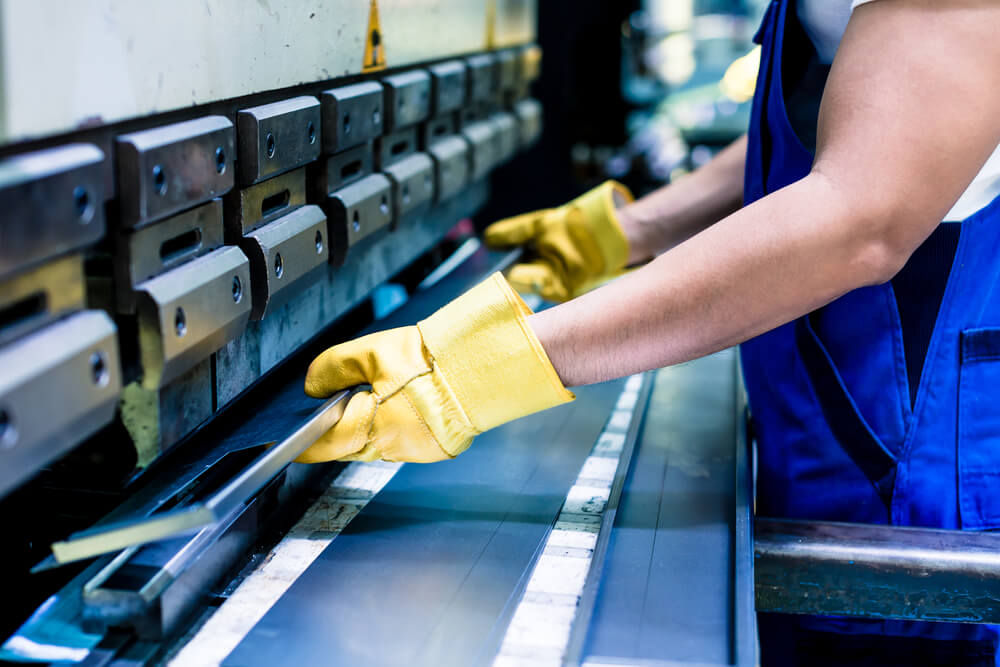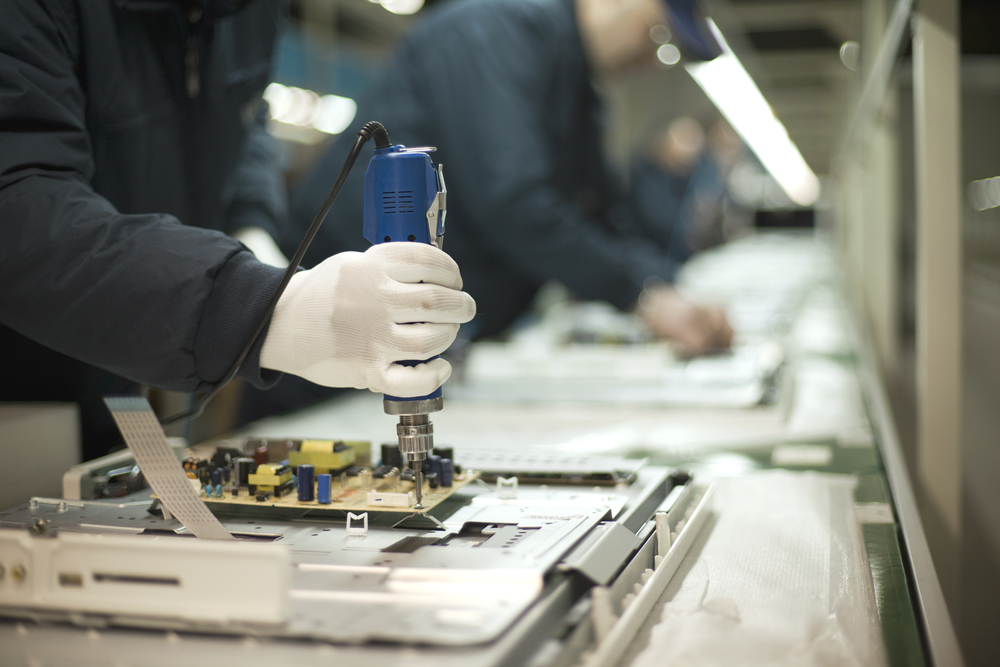Week 13 in Manufacturing News
U.S. manufacturing PMI slides to 21-month low in March
The IHS Markit flash purchasing managers index for manufacturing in March fell to a 21-month low, while the services PMI weakened to a two-month low.
The flash manufacturing PMI fell to 52.5 from 53 in February, while the services PMI fell to 54.8 from 56.
The Dow Jones Industrial Average DJIA, -0.13% tumbled nearly 200 points in early action.
Full article on MarketWatch.
British car manufacturing falls for ninth straight month in February
With eight of 10 cars in the UK still exported to the EU, SMMT boss Mike Hawes reiterated that the continued decline in manufacturing highlighted the risk of a no-deal Brexit.
British car manufacturing fell by 15.3% year-on-year in February, the ninth consecutive month of decline
Full article on Autocar.
Japan isn’t yet in a recession despite its manufacturing slowdown, says Credit Suisse
Two straight months of contractions in Japan’s manufacturing activity have raised concerns about an impending recession in the Asian economic powerhouse. Japanese manufacturing activity contracted in March at the same pace as in February and output shrank the most in almost three years, a private business survey showed last week.
Hiro Shirakawa, Credit Suisse’s chief economist for Japan, played down fears, saying that the slowdown might be cyclical rather than a more permanent, structural one.
Full article with video on CNCB.
SAP ousts in-house programmers
SAP announced in January it would lay off 4400 staff. Including Bjoern Goerke, chief technology officer and head of SAP’s cloud platform business, along with programming gurus Thomas Jung and Rich Heilman – both highly respected in the wider SAP developer ecosystem.
Asked for
Full article with community comments on itnews.
6 Robotics Trends Taking Over Manufacturing
Here are six trends in robotics technology that are underway right now, and are likely to influence manufacturing operations in the near future.
- Heavy-duty robotic arms – Will help to keep the workflow moving smoothly and prevent accidental injuries resulting from human fatigue or strain.
- More reliance on mobile
cobots – Robots that work around or together with humans are calledcobots .Newer trend involves mobilecobots that are lightweight and compact enough to move betweenworksites or areas of factories. - Sensors make gigantic robots safer for humans – Veo Robotics, a startup that places 3D sensors around the robots so that the machines can use software to build representations of the scenes around them.
- Toward more hazardous environments – Robot makers are introducing models that tolerate the toxic gases and strong fumes associated with manual
welding, or can work in sections of manufacturing plants that have flammablevapors . - Softer robots – When covered with a material like plastic or rubber that could endure the stress of a robot’s constant movement, such machines would present less danger to humans that come into accidental contact with them.
- Improved robotic exoskeletons – First battery-powered full-body industrial robotic exoskeleton reportedly will be commercially available in early 2020. The developers claim it will give wearers a 20-to-1 strength amplification.
Full article with slideshow on American Machinist.

